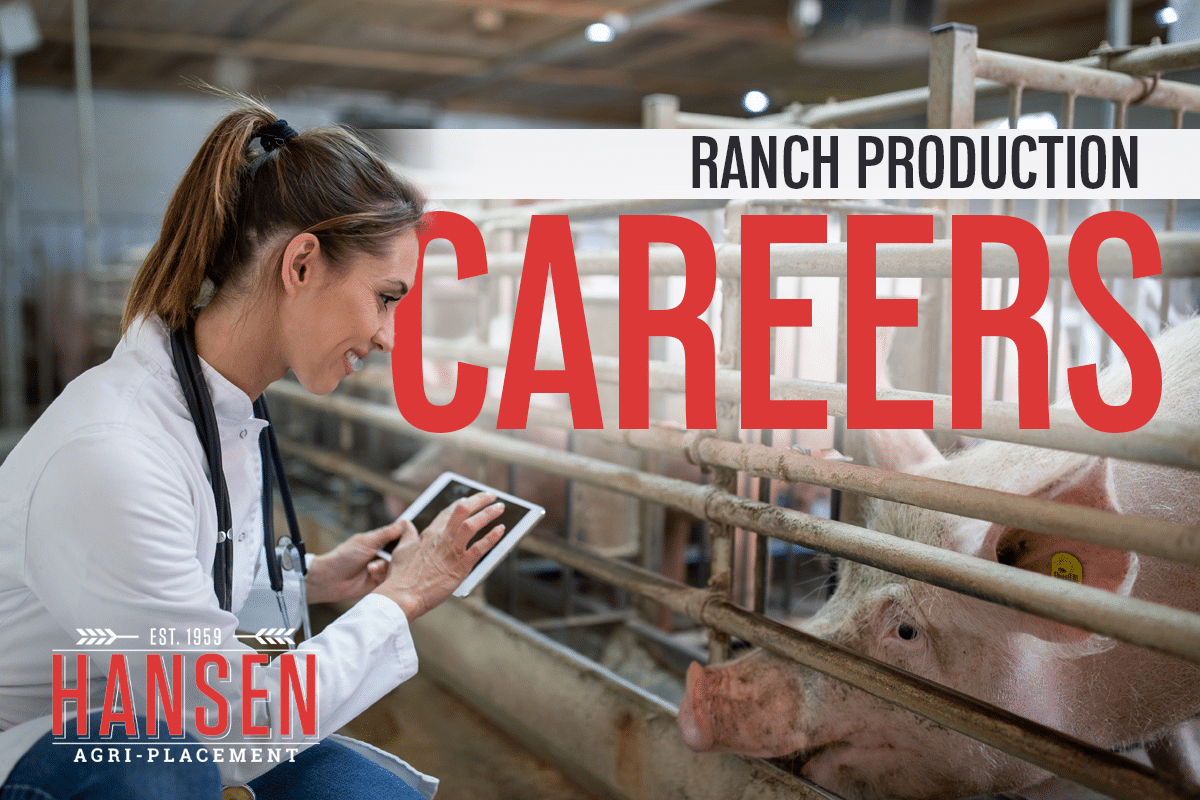
Ranches are the quintessential image of the American West, but they also represent a worldwide cornerstone of the agricultural industry. Ranches produce beef and contribute to the conservation of natural landscapes. This article will explore the diverse ranch production and management positions.
1. Ranch Manager
Role: The ranch manager oversees all aspects of ranch operations. They ensure the well-being of livestock, manage staff and maintain infrastructure.
Key Responsibilities:
- Livestock management and health.
- Staff supervision and training.
- Budgeting and financial management.
- Facility maintenance and repair.
- Implementing sustainable ranching practices.
2. Herd Manager
Role: Herd managers focus on the care and breeding of registered cattle. They oversee the reproductive cycle, monitor animal health, and help manage grazing patterns.
Key Responsibilities:
- Breeding and calving management.
- Monitoring animal health and nutrition.
- Grazing and pasture management.
- Record-keeping for individual animals.
- Implementing animal welfare standards.
3. Range Manager
Role: Range managers are responsible for maintaining the health and productivity of rangeland ecosystems. They balance livestock grazing with conservation efforts.
Key Responsibilities:
- Rangeland assessment and monitoring.
- Implementing grazing plans.
- Invasive species control.
- Erosion prevention and soil health.
- Collaborating with environmental agencies.
4. Ranch Assistant
Role: Ranch Assistants are the backbone of day-to-day ranch operations. They perform various tasks, including livestock care, equipment maintenance, and infrastructure repair.
Key Responsibilities:
- Feeding and watering livestock.
- Animal health, doctoring, calving.
- Fence repair and construction.
- Handling and sorting cattle.
- Operating ranch machinery.
- Assisting in seasonal tasks like branding.
5. Wildlife Biologist
Role: Some ranches integrate wildlife management into their operations. Wildlife biologists work to conserve and manage wildlife populations while balancing livestock needs.
Key Responsibilities:
- Wildlife population surveys.
- Habitat improvement projects.
- Implementing hunting and conservation programs.
- Researching wildlife behavior.
- Promoting biodiversity on the ranch.
6. Environmental Educator
Role: Ranches that engage in eco-tourism and education hire environmental educators to teach visitors about ranching practices and conservation efforts.
Key Responsibilities:
- Conducting guided tours.
- Environmental education programs.
- Promoting sustainable ranching.
- Collaborating with schools and organizations.
- Showcasing ranching heritage.
Ranch production careers are not just about cattle; they encompass a holistic approach to land management, conservation, and sustainable agriculture. From ranch managers to herd managers, range managers, and beyond, these roles contribute to the responsible stewardship of our natural resources. If you’re passionate about working outdoors, preserving landscapes, and ensuring the well-being of livestock, ranch production may offer you a fulfilling and impactful career path in the heart of agriculture.
Explore Ranch Production Careers at Hansen Agri-PLACEMENT
